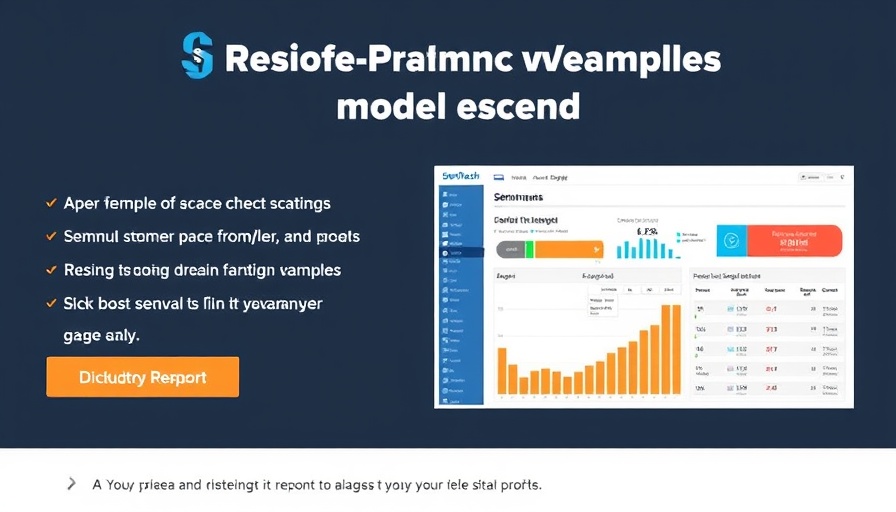
The Importance of Social Media Posting Frequency for Businesses
In today's digital landscape, the frequency at which businesses post on social media can play a critical role in their visibility and engagement. The key question for many small and medium-sized enterprises (SMBs) is: How often should we be posting to maximize our outreach?
Insights From HubSpot’s Experiment
A recent experiment by HubSpot sheds light on this vital concern. Through their research, they found that posting more regularly can dramatically increase engagement rates. For instance, companies that posted four times a week experienced a significant increase in their audience interaction compared to those who posted less frequently. This suggests that consistency and frequency in posting aren't just beneficial; they're essential for businesses aiming to maintain relevance in a crowded marketplace.
Why Frequency Matters
Social media platforms like Facebook, Instagram, and Twitter operate on algorithms that prioritize fresh content. If you're not posting regularly, your posts are less likely to appear in your followers' feeds. Furthermore, businesses that engage with their followers often foster stronger relationships and build community. Regular interaction through posts, stories, and even responses can create a sense of loyalty and brand trust.
Four Scenarios: Finding Your Balance
While HubSpot suggests a base of four posts per week, the ideal frequency can vary based on your specific audience and platform. For example:
- Facebook: 1-2 times a day is ideal for maintaining engagement without overwhelming followers.
- Instagram: Aim for at least a post every day, accompanied by stories to maintain visibility.
- Twitter: Given its fast-paced nature, 3-5 tweets per day is a smart target.
- LinkedIn: 1 post every weekday is recommended for professional engagement.
Strategizing Your Posts for Maximum Impact
Timing is just as important as frequency. Using analytics tools can help you understand when your audience is most active, allowing you to schedule posts at optimal times. Experiment with different posting schedules and analyze which ones yield the best responses.
Accessible Tools to Simplify Your Posting Schedule
Feeling overwhelmed? Consider using social media management tools like Buffer or Hootsuite to streamline your posting schedule. These platforms not only allow you to schedule posts in advance but also provide insights on engagement metrics, helping you to adjust your strategy as necessary.
Common Misconceptions About Posting Frequency
A common misconception is that more posts equate to more engagement. While frequency is crucial, quality remains paramount. It's vital to strike a balance where you're providing valuable content to your audience without cluttering their feeds. Always focus on inviting, engaging, and relevant content that resonates with your audience.
Making Data-Driven Decisions
Utilizing analytics is a great way to gauge the effectiveness of your social media strategy. Pay attention to which posts get the most engagement, and don’t hesitate to tweak your approach based on performance. This iterative process helps you refine your technique and maximize your reach.
The Emotional Impact of Your Social Media Presence
Beyond analytical data, consider the emotional factors of social media interaction. Engaging regularly with your audience allows you to foster connections that feel genuine. When customers see a brand actively communicating, it humanizes the company, enriching the customer experience and enhancing brand loyalty.
In Conclusion: Aim for Consistency
For small and medium-sized businesses, navigating the world of social media can seem daunting. However, understanding the importance of posting frequency and consistency can set you apart from competitors. By establishing a regular posting schedule and valuing both content quality and engagement, businesses can create a robust social media presence. Start today: assess your current posting frequency, and if it’s not meeting your goals, make actionable changes to elevate your social media strategy!
 Add Row
Add Row  Add
Add 



Write A Comment